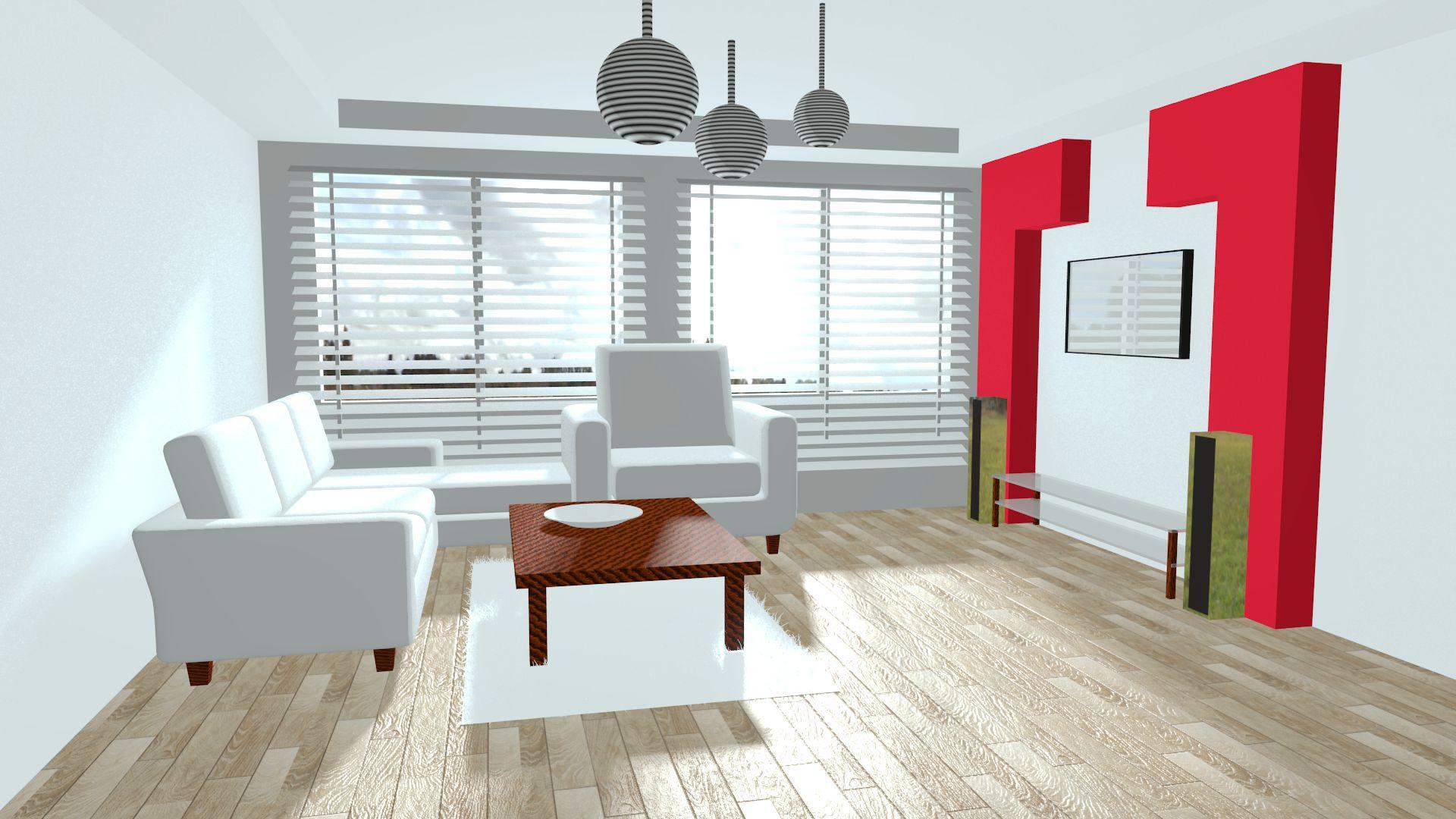See Your Vision Clearly: The Magic of 3D Interior Visualization
Embracing Clarity in Design
The world of interior design has transformed, moving beyond traditional sketches. Stakeholders now demand a comprehensive understanding of proposed spaces before physical work commences. This highlights a critical need for tools that bridge the conceptual gap, allowing everyone to perceive design intentions with unparalleled clarity.
This is precisely where 3D interior visualization emerges as an indispensable asset. It transcends static imagery, creating immersive digital environments that mirror reality. Designers construct detailed virtual models, incorporating every element from structural features to decorative accents, offering a holistic perspective to clients and project teams.
The primary advantage lies in empowering informed decision-making. Clients no longer interpret abstract drawings; instead, they virtually walk through their future space, experiencing scale, lighting, and material finishes. This engagement fosters collaboration, ensuring design choices are made with full confidence and a clear understanding of their visual impact.
Beyond aesthetics, 3D visualization provides a powerful tool for functional assessment. Designers test various layouts, furniture arrangements, and spatial flows, identifying potential bottlenecks or inefficiencies before physical manifestation. This proactive approach enhances usability and ergonomic quality, contributing to a more effective and harmonious space.
Ultimately, 3D interior visualization is not just a technological advancement; it's a fundamental shift in how design is conceived, presented, and realized. It elevates communication, mitigates risks, and ensures the final built environment aligns with the initial creative vision. For Larivonajv, embracing this is paramount to delivering exceptional results.
Key Applications and Advantages
-
Residential Design: Homeowners visualize layouts, materials, and furniture. This minimizes rework, ensuring a personalized space and avoiding costly changes efficiently.
-
Commercial Spaces: Businesses pre-evaluate office layouts, retail displays, and branding. This optimizes functionality and customer experience, aligning the space with strategic goals.
-
Real Estate Development: Essential for pre-construction marketing, offering buyers realistic property previews. This accelerates sales and establishes a strong market presence for new developments.
Expert Perspectives and Considerations
Leading design professionals emphasize the transformative power of 3D visualization in client engagement. An architect notes, "Showing a client exactly how their space will look eliminates guesswork. It builds trust and allows for meaningful discussions, leading to a truly collaborative outcome."
Industry analysts highlight its strategic value in optimizing project timelines and resource allocation. By catching design flaws or client dissatisfaction early, firms avoid costly revisions and delays. This proactive problem-solving is vital for maintaining schedules and budgets, enhancing operational efficiency.
While benefits are clear, some experts note the initial investment in technology and specialized training as a barrier. Creating high-fidelity 3D models requires powerful software and skilled artists. However, long-term returns through increased client satisfaction often outweigh these initial considerations.
Looking ahead, 3D visualization's integration with virtual and augmented reality (VR/AR) technologies promises further revolution. Imagine walking through a proposed building with a VR headset, interacting in real-time. This promises deeper immersion and greater control for designers and clients, making the vision even more tangible and accessible.
Concluding Thoughts
3D interior visualization is indispensable in modern design. It offers unparalleled clarity, precision, and collaborative engagement, fundamentally reshaping how we conceive and realize interior spaces.
This powerful tool enhances client understanding and operational efficiency. It mitigates risks, ensuring projects are aesthetically pleasing, perfectly functional, and aligned with original intentions, making the abstract tangible.


There are no comments yet, you can be the first to leave one